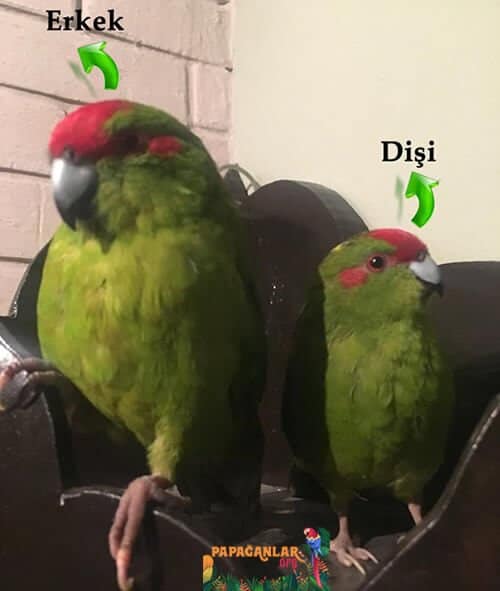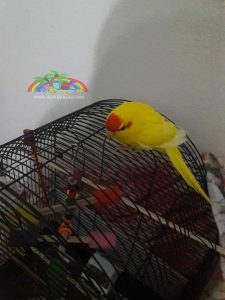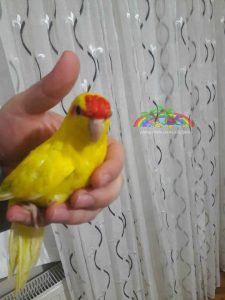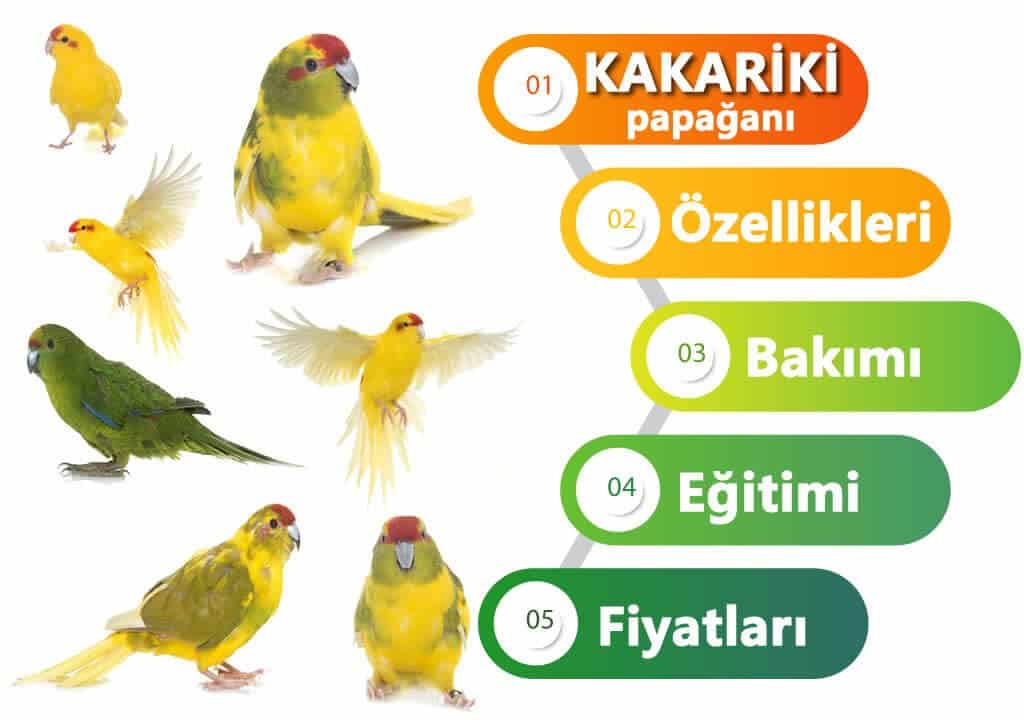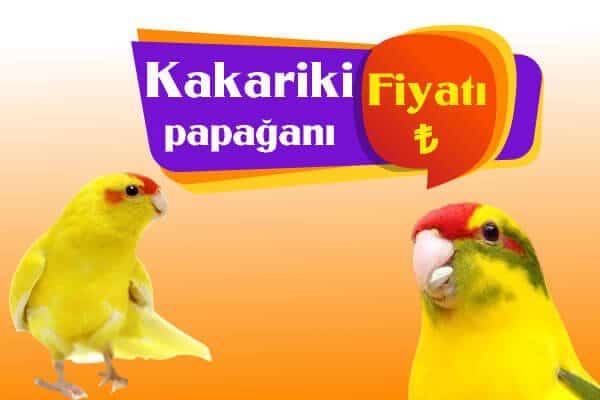Blog
Kakariki Parrot
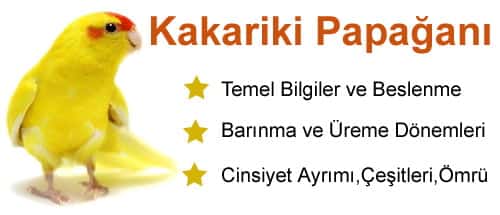
Kakariki Parrot (Cyanoramphus Novaezelandiae)
Kakariki Parrot Key Features
The red-fronted kakariki, which is widely available today, was in danger of extinction in its once homeland of New Zealand. On top of that, the New Zealand government implemented a breeding program and it was successful. The kakariki population increased from 103 in 1953 to 2500 in 1964. The kakariki parrot, which has been produced since then, has been introduced to the wild.
Kakariki Parrot Feeding and Housing
What does the Kakariki Parrot eat? Budgerigar food, fruit and green food are recommended. Sometimes it also eats mealworms, especially when raising puppies.
Kakariki parrotsare hardy and can be housed in an aviary. Care should be taken to keep the floor dry and clean. Just like chickens, they can be sensitive to intestinal worms when they scratch the ground.
About Kakariki Parrot Breeding and Kakariki Parrot Prices
Few longlines are more productive than kakariki. It is natural to have up to nine eggs in their brood. Young birds should be provided with suitable conditions. Because couples nest twice a year.
If possible, females should be prevented from spawning more than twice in a season, as overbreeding will weaken them. These longlines undergo many color mutations, including cinnamon and mottled.
Types and Colors of Kakariki Parrots
Yellow-fronted kakariki (Cyanoramphus Auriceps) are less common than red-fronted ones. But their needs are very similar. Though they don’t spend as much time in the place as the others. In red-fronted kakariki, females are smaller than male birds. This makes couples easy to spot.
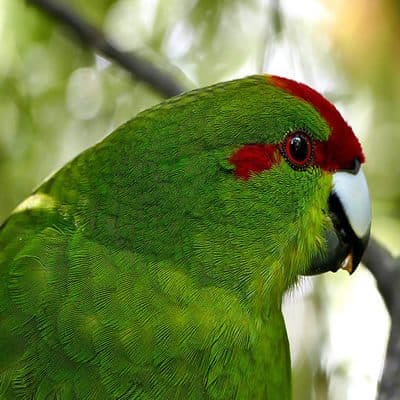
Body color is primarily dark green. The primary color we frequently encounter in our country is yellowand the head part is seen in red. Green-Red kakariki are rare.
feet
Kakariki also have a habit of running up and down the aviary’s net.
Head
Red markings on the head identify these species. This is less pronounced in young birds.
Average Height: 28 cm
Average Lifespan: 6 years
Gender: Females are smaller than males.
Reproduction: Incubation lasts 19 days, molting occurs after 42 days.
Young Birds: Less red feathers on the head, shorter tail feathers.
Distinctive Features
Head:Red markings on the head identify these species. It is less in young birds though.
Feathers: Body color is primarily dark green.
Feet: Kakariki have a habit of running up and down the net of the aviary.
Kakariki Parrot Gender Discrimination
